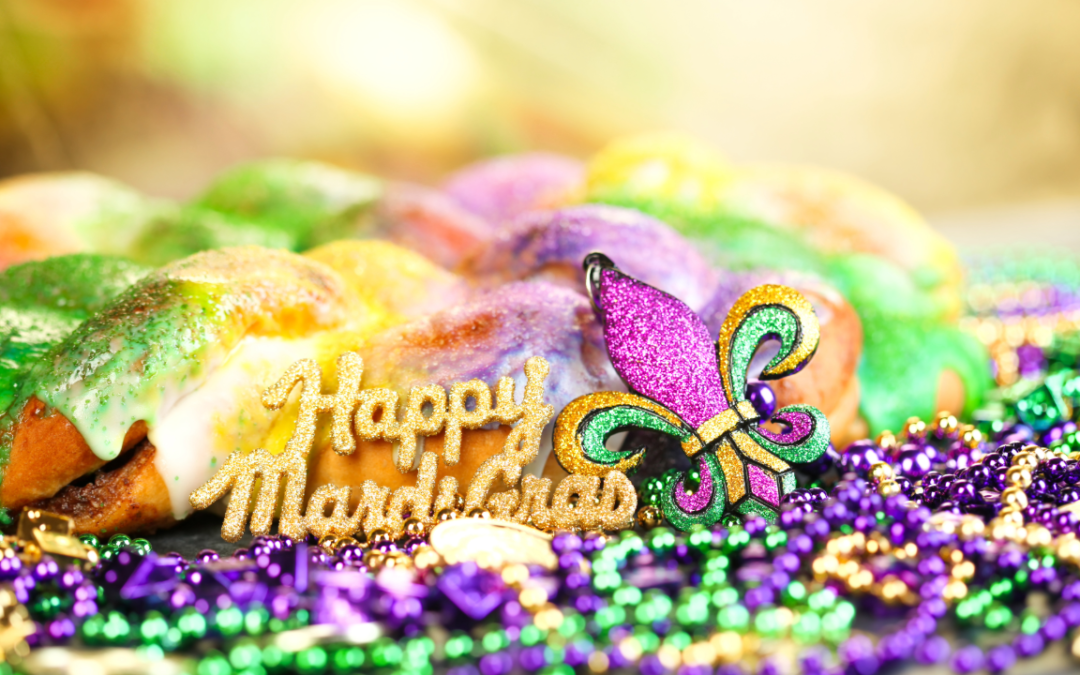Mardi Gras is an old celebration and tradition that goes back to medieval Europe, to the Carnivals in Rome, Venice, and the French House of Bourbons in the 17th and 18th centuries. Mardi Gras comes from French, Mardi–Tuesday Grass–Fat or Fat Tuesday.
This tradition traveled to the United States in 1699 when the French-Canadian explorer Jean Baptiste Le Moyne, Sieur de Bienville, arrived in America about 60 miles (96.56 km) south of New Orleans and named this place “Pointe du Mardi Gras.” This is where the first Mardi Gras Carnival took place in 1703.
Then, when New Orleans was established in 1718, it became the center of Mardi Gras, first with elegant society balls and then with parades thanks to a secret organization. Yes, secret!
The “Masque de la Mobile,” similar to the current Krewes, organized the parades. Then, the “Boeuf Gras Society” managed the parades. Then, by 1856, the Mistick Krewe of Comus brought the Mardi Gras magic and traditions to New Orleans.
In 1872, a group of businessmen invented the “King of Carnival or Rex” and adopted the traditional Mardi Gras colors purple, green, and gold because the king needed a flag and a coat of arms with colors and metals. Gold is the perfect metal for a king; purple is a royal color, and green is a good match. So, purple means justice, green stands for faith, and gold means power.
Many more traditions have come to life ever since.
Masks are an old Mardi Gras tradition that comes from medieval Europe. They are usually colorful, sometimes with feathers, brilliant ornaments, or both. Today, everyone wears masks in Mardi Gras, which are always fun to use.
The King Cake is a delicious Mardi Gras tradition. According to Christians, Jesus first showed himself to the three Magic Kings on January 6th. Hence, the King season begins. Traditionally, there is a plastic baby inside the King Cake, and the lucky one who gets the piece of cake with the baby will be the organizer of the next King Cake party.
The giant Mardi Gras floats are incredibly colorful and a tradition. I can’t imagine a parade without them.
Balls and shows that the Krewes organize are also traditional in Mardi Gras. Speaking of Krewes, they are the organizations in charge of organizing and funding Mardi Gras.
Let me tell you another great tradition: The Throws. What are “throws?” Well, they are items that Krewe members on floats throw to people during the parade. Throws are often doubloons, beads, cups, homemade trinkets, toys, and many more fun things. No wonder why New Orleans’ people call Mardi Gras the “Greatest Free Show on Earth!”
Sources:

